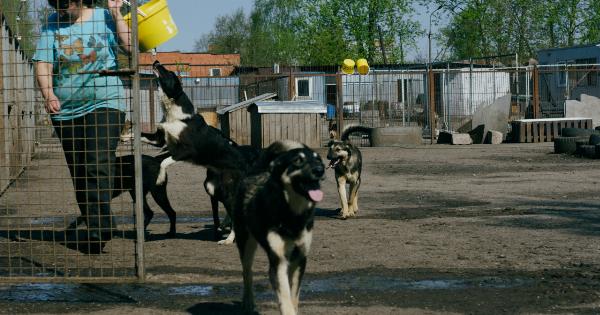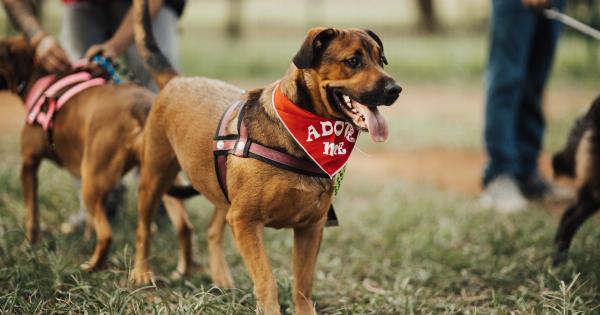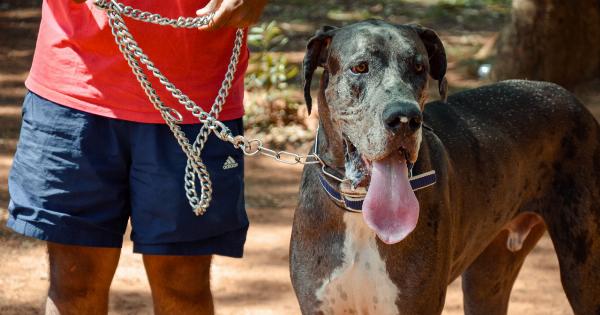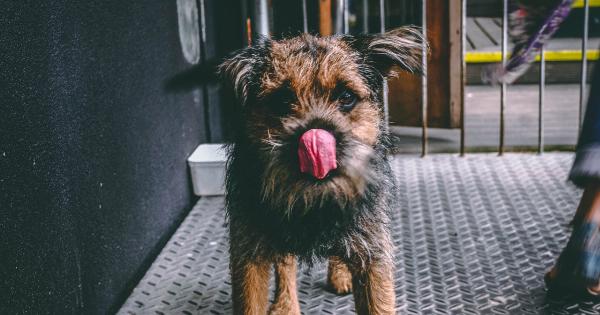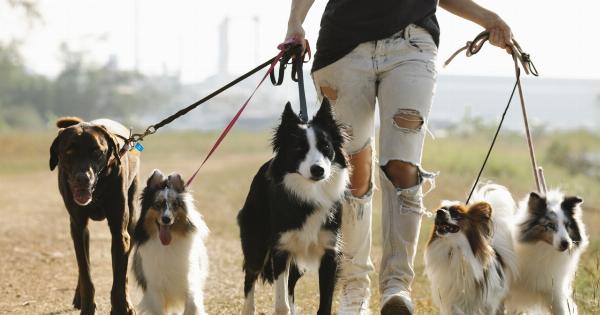Dogs are known for their love towards their owners and their loyalty. And, as pet owners, it’s our duty to ensure that our furry friends receive the best possible care and stay safe and sound.
Whether you’re a new pet parent or have been taking care of your pooch for years, it’s always a good idea to revisit ways to keep them safe and sound.
1. Keep Your Home Safe
The first step in ensuring your dog’s safety is making sure your home is safe. You should make sure that all cleaning supplies, medications, and hazardous substances are out of your pet’s reach.
If your home has a pool, consider installing a fence around it to prevent accidental drowning. Get rid of any dangerous garden plants, keep electrical cords secured and out of reach, and make sure your pet can’t accidentally get into the trash or hazardous items.
2. Collar and Microchip
A collar is an essential safety accessory for a dog. It not only helps you keep control of your pet in public places, but it also provides your contact information if your pet gets lost.
A microchip, on the other hand, is a permanent ID that is inserted under your pet’s skin. Most animal shelters and vet clinics can scan for microchips, which can help you locate your dog if they wander away. You can often find affordable microchipping services at your local animal shelter.
3. Training
Dogs thrive on routine, so regular training can provide a sense of order and familiarity that can keep them safe. A trained dog will be less likely to chase after cars, aggressive animals, or other unsafe circumstances.
Training usually involves teaching them basic obedience commands such as sit, stay, come, and leave it. It’s also a good idea to get them comfortable with walking on a leash, which can make outdoor walks safer.
4. Regular Vet Visits
Regular vet visits are essential to ensure that your dog is healthy and up-to-date on their vaccines. During these visits, your vet will monitor your dog’s overall health, from their skin and teeth to their behavior and diet.
Additionally, vaccines can protect them from viruses, diseases, and illnesses that could have severe, even fatal consequences. By staying on top of your pet’s health, you can catch health problems early and avoid preventable disease.
5. Exercise
Daily exercise is essential for both mental and physical health. Exercise can prevent weight gain, boredom, anxiety, and destructive behavior.
Regular exercise can also reduce the risk of health problems like heart disease and diabetes, which can help your dog live a longer, healthier life. You can go for walks, runs, or even buy toys designed for a workout like tug-of-war or fetch. Always make sure to provide plenty of fresh water and keep your dog cool on hot days.
6. Safe Travel
If you plan to travel with your dog, you must ensure that they stay safe while on the move. Dogs must be secured when traveling in cars, whether it be through a seatbelt, pet barrier, or crate.
It’s not only unsafe but illegal in most jurisdictions to allow your pet to ride on your lap while driving. Additionally, always make sure to bring plenty of water to keep your pet hydrated during long car trips.
7. Monitoring Your Dog’s Behavior
No matter how well-trained your dog is, it’s essential to keep an eye on their behavior. Notice any changes in appetite, bathroom habits, or energy level as it could indicate an underlying health problem.
Even subtle changes in behavior, such as excessive licking or aggression, can signal discomfort, anxiety, or pain. Don’t hesitate to contact your veterinarian if you notice any odd behaviors.
8. Be Prepared for Emergencies
Just as accidents can occur with humans, they can happen with pets as well. Therefore, you should ensure that you are prepared to handle emergencies. Having a first-aid kit for pets in your house is an excellent place to start.
The kit should contain items such as bandages, alcohol wipes, and a few medications to deal with minor issues. You should also know the location of the closest emergency veterinarian when you need one urgently.
9. Pay Attention to the Environment
It’s important to note that dogs are susceptible to changes in their environment. If the weather is extreme, be mindful of the dog’s comfort level, providing extra AC in summertime and space heaters, if necessary, during winter.
You should also avoid leaving your dog outside for an extended period, especially in hot or cold weather, without adequate shelter. Additionally, be careful around other animals or aggressive individuals and ensure that your dog is comfortable around them before entering an unfamiliar environment.
10. Pay Attention to Their Diet
A balanced diet is essential for a dog’s overall health. A high-quality dog food with appropriate nutrients can help keep your dog’s immune system strong and prevent disease.
Additionally, you should always ensure that your pet has plenty of fresh water available, especially when outdoors in hot and humid conditions. Avoid feeding your pet table scraps as it may lead to digestive issues, and some human foods are even toxic to animals. If you have concerns about your pet’s diet, don’t hesitate to speak to your veterinarian or an animal nutritionist.
Conclusion
Keeping your dog safe and sound can be tricky, but it’s worth it to ensure that your pet is well cared for and lives a long, healthy life.
By securing your home, training your pet, providing regular vet visits, exercise, and keeping an eye on their behavior and diet, you’ll be able to raise a happy and healthy dog that can grow old with you.





